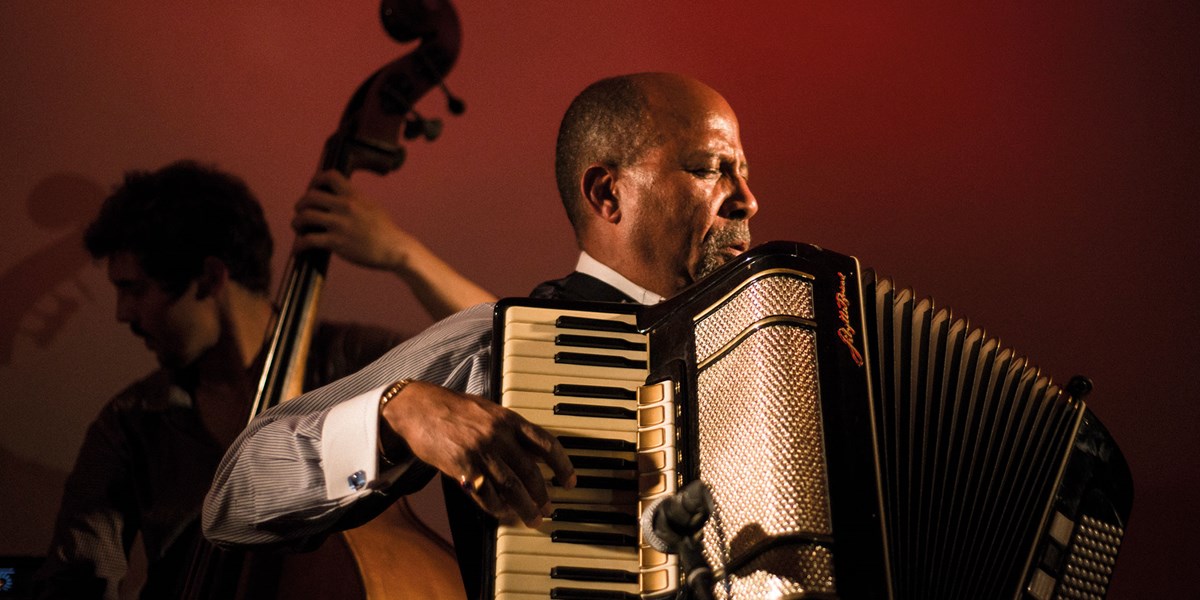Thursday, July 17, 2025
Hailu Mergia: A Beginner's Guide
Andrew Taylor-Dawson talks to the Ethiopian jazz legend about his country’s golden age and his musical resurrection via the Awesome Tapes From Africa label

Hailu Mergia (Philipp Jester)

Register now to continue reading

Thanks for visiting the Songlines website, your guide to an extraordinary world of music and culture. Sign up for a free account now to enjoy:
- Free access to 2 subscriber-only articles and album reviews every month
- Unlimited access to our news and awards pages
- Our regular email newsletters

